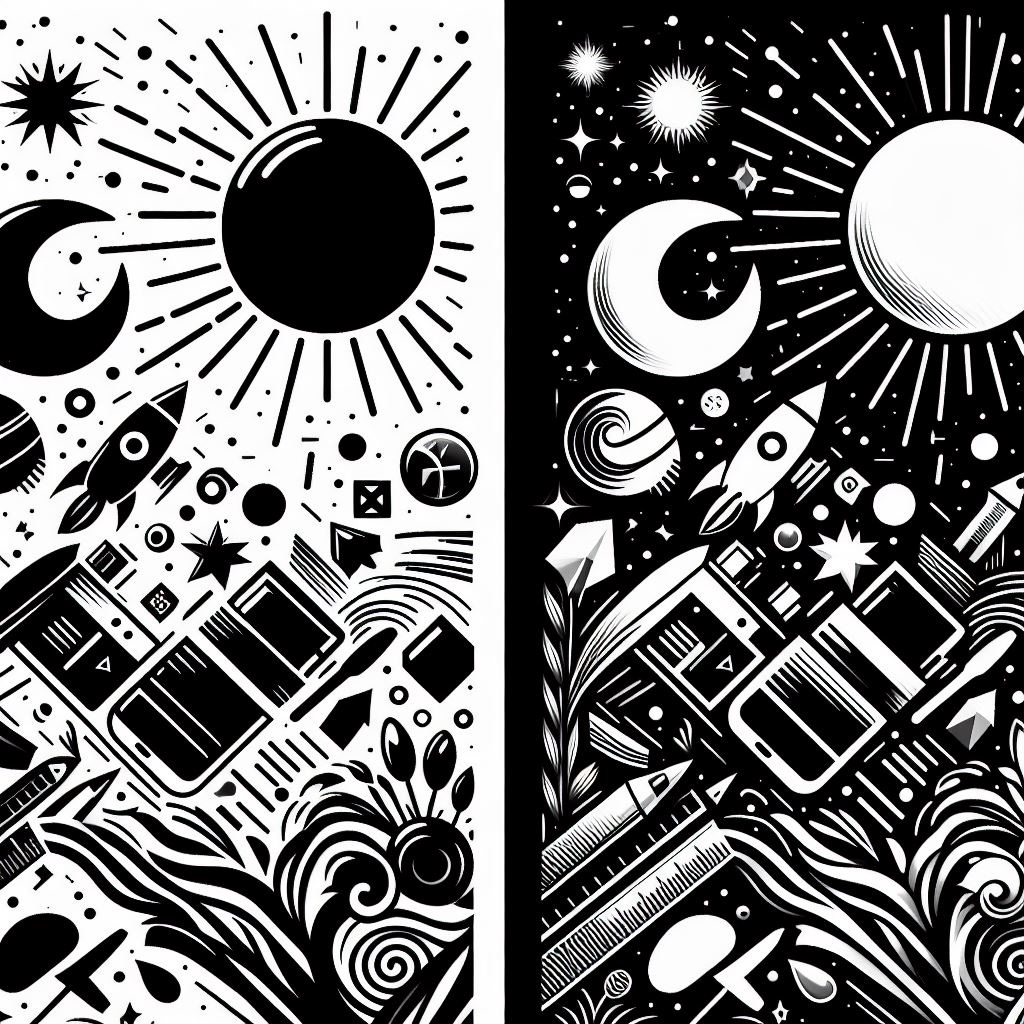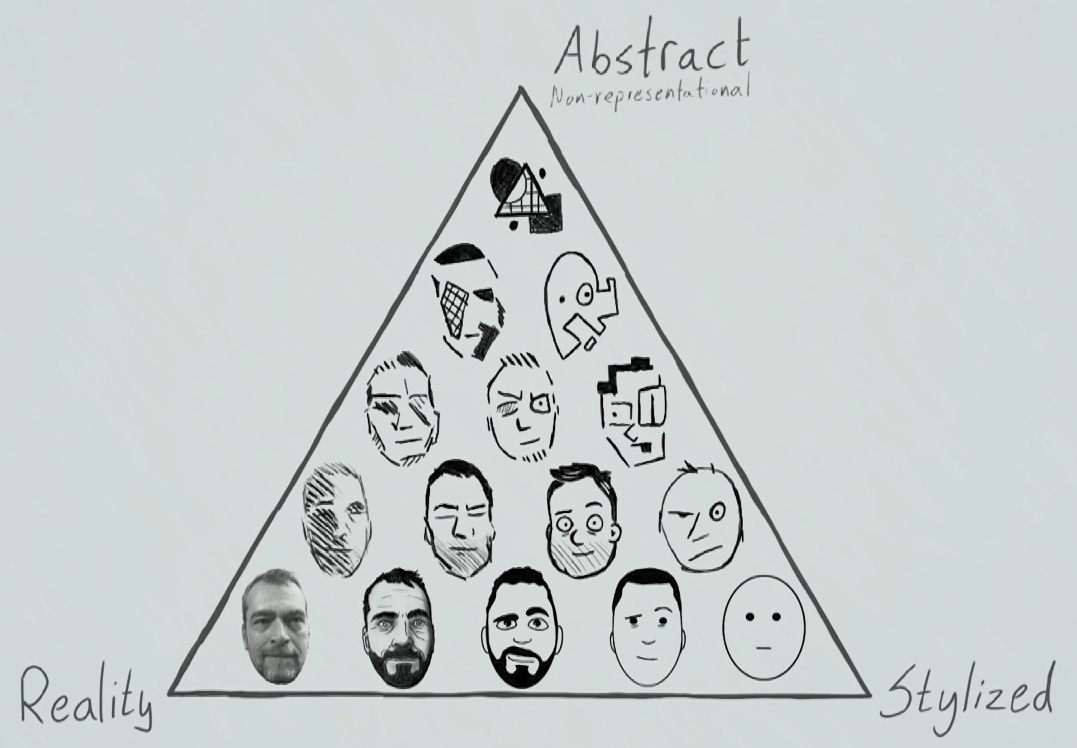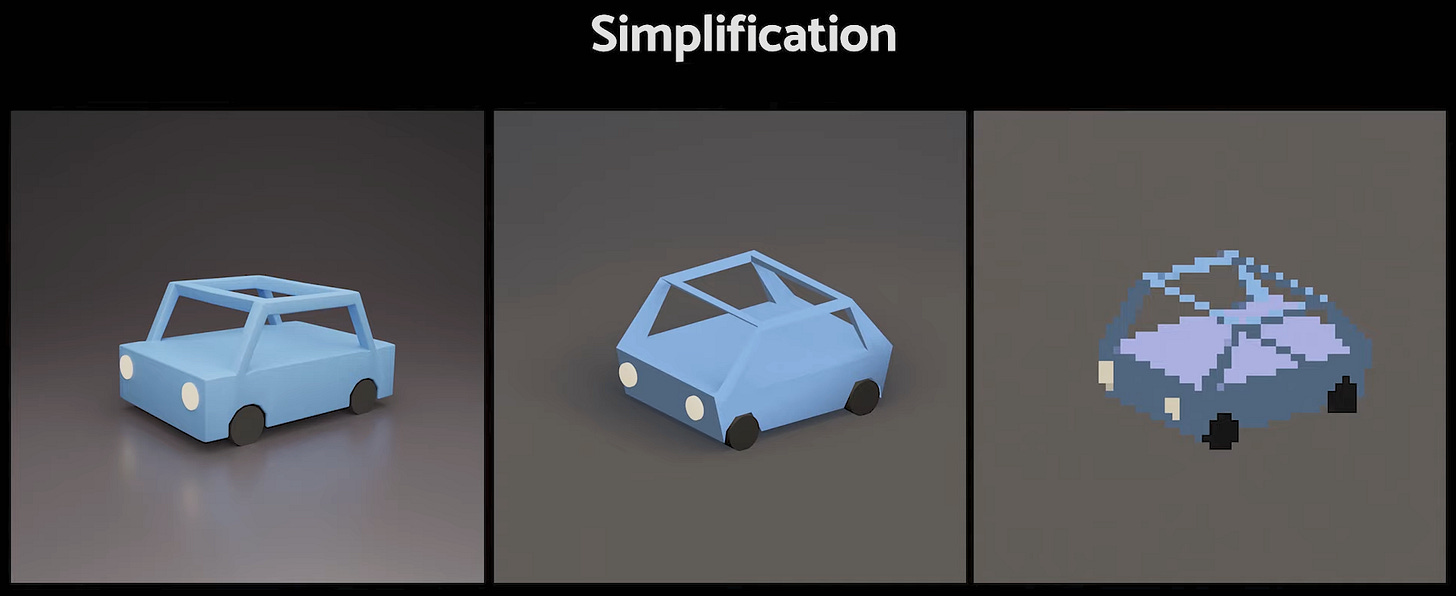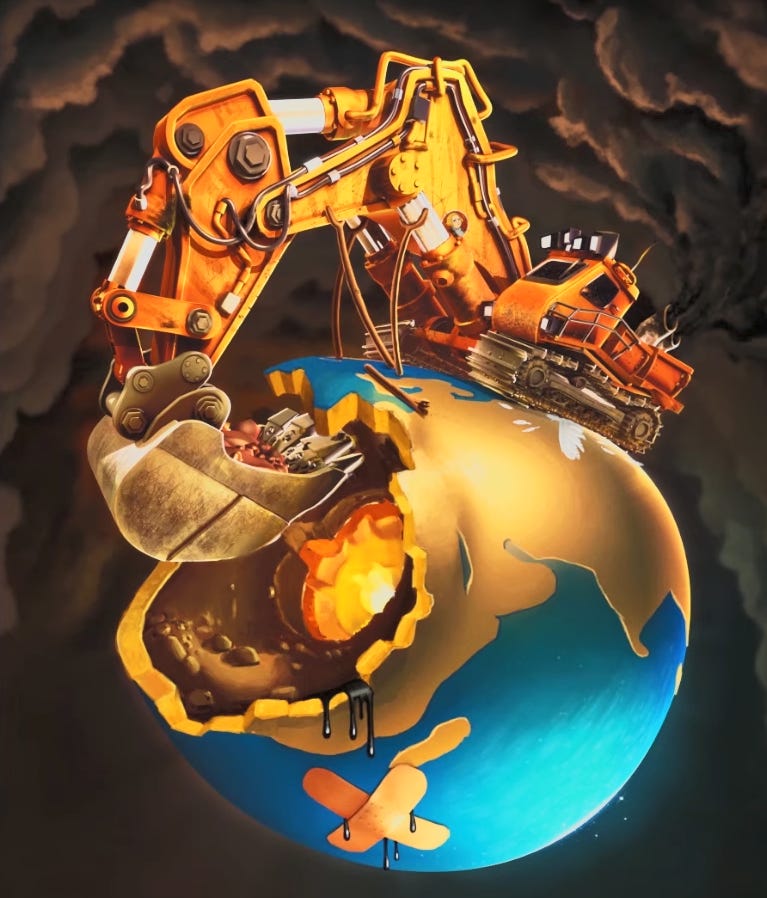
With the conclusion of Pwnisher’s Eternal Ascent challenge at the end of February, I found myself with nothing to work on.
No grand ideas, no ambitious concepts, absolutely nothing.
I was creatively free for the first time in four months.
Now, that’s not to say that I didn’t have anything I could have worked on. There is a neat pile of older, unfinished projects and half baked concepts that I technically could work on. But returning to older projects has always been my last resort. As I’ve mentioned before, artists should always be looking forwards, not backwards.
So instead, I looked to the internet to provide something, literally anything that I could work on. And it did deliver.
Project Titan is a communal art challenge hosted by Epic Games, owner and developer of the Unreal Engine among other wonderful software. At a first glance, this might seem like yet another community challenge to take part in, but Project Titan is different.
The key is in the description. Being a communal art challenge, everyone of all skill ranges is welcome to join. However, instead of competition against others, everyone is working together. Specifically, everyone is working together to create Epic Games’ next template world that will be freely available for anyone to download and prototype in Unreal Engine 5.
On it’s own, it’s an interesting concept, one that I haven’t seen a whole lot of. A collaborative world-building project isn’t something you see everyday. If 3D projects weren’t so messy and resource intensive to keep on track, I’d suspect we’d see more of them, but alas.
That organization is the second reason why I’m so interested in Project Titan. Epic Games’ is treating this as an actual production, with dedicated teams, specialties, workflows, and a whole pipeline for managing and keeping track of the world and assets created. I’ll spare you the details, but it’s a very exciting aspect that isn’t often talked about in game development.
Now, with all of these upsides comes one slight downside.
The project is utilizing a stylized art style.
Meaning the past four years I’ve spent building up a photo-real skill set somewhat goes out the window. But not entirely. My assumptions going into this is that stylized art is going to be different, but only so far as some texturing and modeling adjustments I’ll have to make.
This past week was spent investigating whether those assumptions were correct or not. As it turns out, it’s a bit more intensive than I had thought.
Insight #1: It’s Not “Stylized” versus “Photo-real”
Those of you who might be familiar with "stylized" art might be developing a crease in your forehead reading me set up this discussion as if art is either photo real or stylized.
It’s a fair reaction, and is a perfect illustration of how utterly unaware I am about the nuances of this discussion.
To make up for it, let me correct myself. I've spent the past four years working in a photo real style, meaning I strove to create scenes and objects that look like they could be plopped down into our world without any second questions. My understanding is grounded in realism.
As I've quickly discovered, using the term "stylized" to describe everything else is a bit disingenuous. While it might be a good blanket term for all non-photo real art, it glosses over a lot of nuance and intricacies. Instead, it's better to add a third factor.
In the context of an art style, abstraction is when you remove recognizable features. This is helpful because we don’t need all of the details of something to recognize that it is that thing. Our brains are complex enough to realize when we see human-like aspects, even in non-human objects.
So all together, when we think of a style, we're thinking of realism, stylization, and abstraction.

By taking this third factor into account, we can start to see where certain art styles that could be generalized as simply "stylized" actually differ from other styles in the same grouping.
This is why cartoons are able to get away with just drawing eyes, mouths, noses, and the outline of a head rather than all of the individual folds, pores, and contours that real life humans have.
For an extreme example of how abstraction plays into cartoons, look up a hyper-realistic version of your favourite cartoon character. It’s still stylized, but it’s just not abstracted anymore. (My apologies for giving you nightmares as well.)
In doing this, we can now begin to quantify what we mean when we’re taking about a specific style.
Insight #2: We’re Choosing What To Physically Change As Well
With abstraction out of the way, now we can move past the "look" and start looking at the "object" itself.
This is where we figure out how things are physically different than their realistic counterparts, and how we are going to physically change how we create in order to reinforce a stylized look. It's worth mentioning as well that this isn't a prescriptive method, rather it's descriptive. When I describe what we're changing, it's an example of what can be done in order to reinforce the look. If you don't feel like you want to do these things, you are more than welcome to not do it. It's all done in the name of the look you want.
The key ideas with what were changing, lies in simplification and exaggeration.
Simplification, because reality often has so much detail that isn't always required.
Exaggeration, because it we're already beginning to break away from reality, why not go all the way.
Abstraction factors into these two aspects as well, mostly in simplification, but also in exaggeration as well. When we see a person’s thoughts shown as static or scribbled lines, that’s abstraction through both simplification and exaggeration.
(Both of the above images were taken from CreativeShrimp’s wonderful video detailing more of the intricacies of stylized art.)
When we determine what we are simplifying or exaggerating, we are identifying what we want to highlight. A wound can be a simple red slash rather than detailing the viscera or gore that might accompany it in real life. Or a person's muscles can be blown completely out of proportion in order to show that they are really strong.
The best way to think of these techniques are the means by which you are delivering the message you're trying to tell with your art. By utilizing these techniques, you are stepping out of reality in order to force the viewer to work just a little bit harder to understand the emotions and intent rather than a straight rational idea.
Insight #3: I’ve Been Overthinking This, Haven’t I?
Admittedly, after getting to this point in the writing, I realize I might've gotten several things mixed up in my relatively short art experience.
In deciding all those years ago to focus on a photo real style, I thought I was saving myself a lot of work. Real is real, how could it get much simpler than that?
What I failed to realize was that it wasn't a case of simple vs complex, it was a choice in what methods am I using to deliver information. Because, after all, anything we make is the transference of information, visual art included.
However, I wasn't wrong in thinking that realism is "simpler" than stylized. When we talk about realism, we're talking about how things look in our real world. Everything looks the way it does because of principles and physics and other constraints that provide a "box" we have to work within.
On the other hand, stylized looks are fully controlled by the artist. Things can make as much "sense" as we want them to and can look as wonky and weird as we want them to.
This is the principle that is key when it comes to stylized looks. The artist controls the look and determines what they want to say. In saying what they want, they utilize exaggeration and simplification to enhance their message. They determine what details matter, and what those details mean.
Outro
These were just some quick ruminations that I’ve done over the past week in trying to familiarize myself with stylized art. I haven’t even delved into the task of actually making assets, let alone getting intimate with the Unreal Engine itself. Those will be topics for future newsletters, and hopefully they’ll be as eye opening as this one has been for me.
Project Titan is slated to run for a couple of months, so I hope to entangle myself in creating a handful of assets that will be accepted. The project’s Discord is full of enthusiastic, amazingly talented individuals so hopefully some of their wisdom can rub off on me in order to then compartmentalize and pass on to you, dear reader.
Until next week, stay safe!
- Adam




